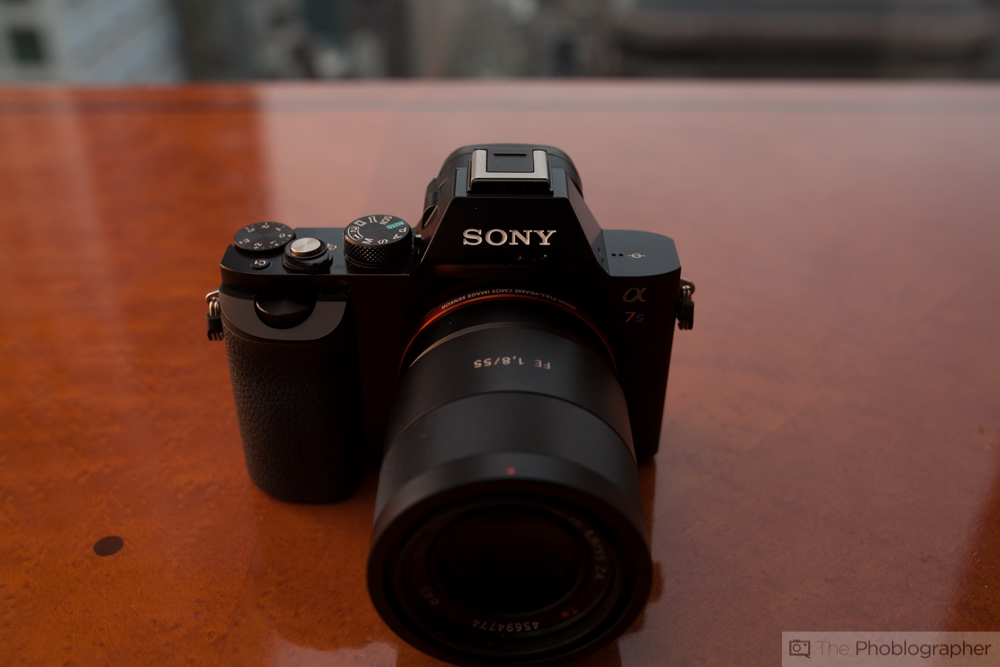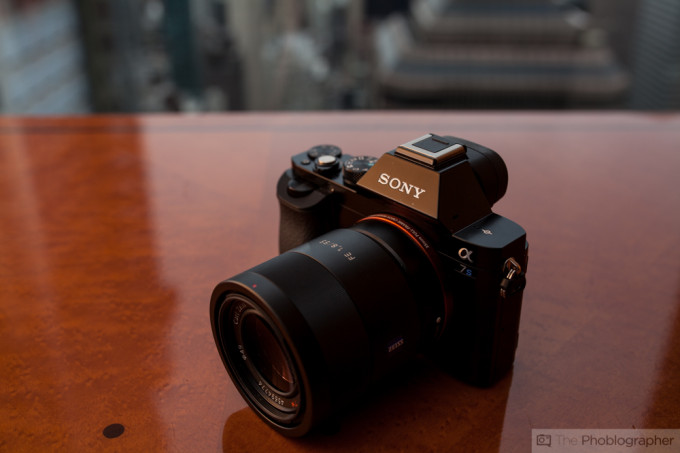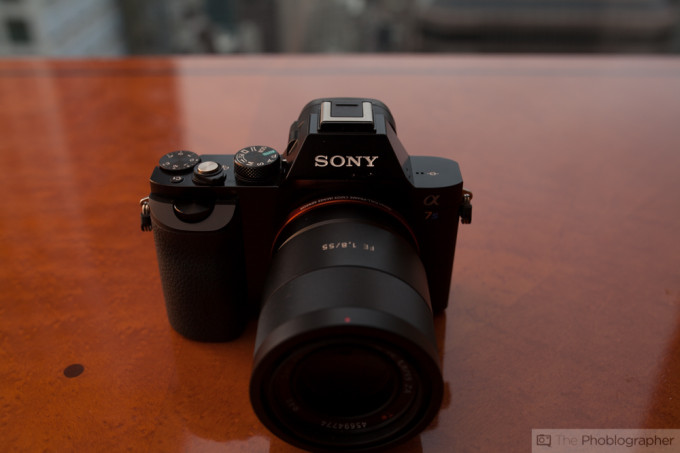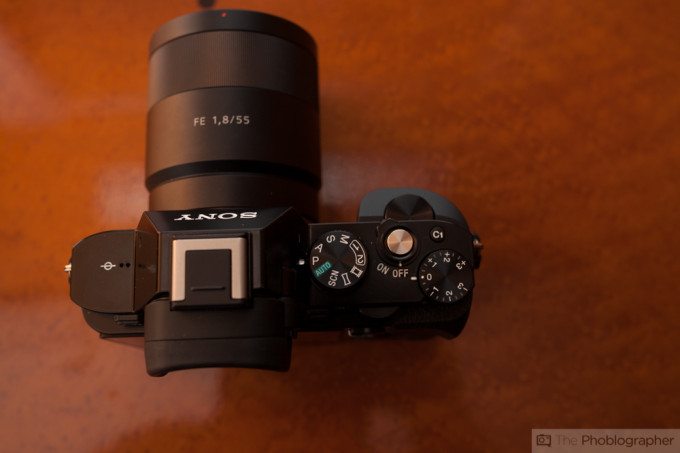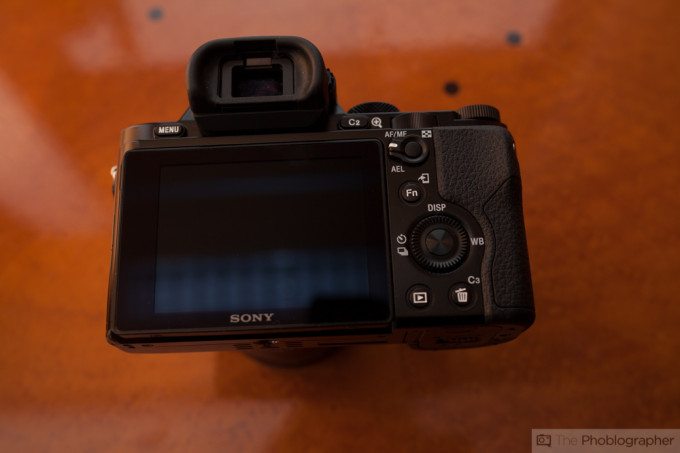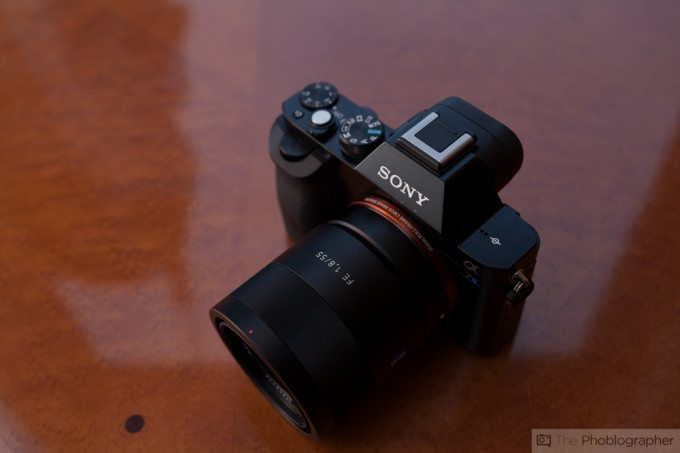Last Updated on 07/02/2014 by Chris Gampat
Sony’s new A7s shocked quite a few folks when it was announced. No one would have thought that Sony would have announced a new full frame E-mount camera that soon let alone one that shoots at 4K and housed a 12MP full frame CMOS sensor. Being pretty much the same exact camera body as its brothers the A7 and A7r, this camera differs in that it is targeted at the video crowd and those that want to shoot in extremely low light situations.
We got a chance to play with a pre-production version of the new A7s at Sony’s headquarters in NYC. And for the most part, we can say that you can expect more of the same.
B&H Photo has the Sony A7s for $2,498. Amazon also has it along with Adorama.
Update 7/2/2014: Image samples and autofocus performance thoughts are below.
Tech Specs
Taken from the B&H Photo listing of the camera.
- 12.2MP Full-Frame Exmor CMOS Sensor
- BIONZ X Image Processor
- Gapless On-Chip Lens Design
- 3.0″ 921.6k-Dot Tilting LCD Monitor
- XGA 2.36M-Dot OLED Electronic Viewfinder
- Full HD Recording in XAVC S
- 4:2:2 UHD 4K Output via HDMI
- Full Pixel Read-Out, S-Log2 Gamma
- Expandable Sensitivity: ISO 50-409600
- Fast Intelligent 25-Point AF System
Ergonomics
As we stated earlier, Sony’s A7s is pretty much the same body as the A7 and A7r. If you were to look at all three camera bodies, we highly doubt that anyone could tell the difference between the three unless they looked at the obvious label.
When you look at the top of the camera, you’ll notice the same simplistic layout that the A7 and A7r have. It’s characterized by the mode dial, hot shoe, exposure compensation dial, custom function button, and the shutter release.
It very much adheres to the old school SLR style of looks and design.
When you get to the back you’ll see once again the same design layout. It is very much a camera designed for the right hand user as all the controls are right there.
Build Quality
The major difference between the A7r/A7 and the A7s is the fact that the A7s is heavier due to a larger heat sink. Otherwise, the build quality is the same as the other two cameras: which means that it’s positively stellar. During our review period, we took the A7r out into a very heavy rainstorm. It worked like a charm and didn’t malfunction or fail on us in any way.
We can expect the same from the A7s.
Autofocus
We found the focusing to be in between the performance of the A7r and A7–with priority leaning more towards the A7. However, we handled a pre-production unit and we’re not sure how the final focusing will work just yet. But that will change when the review unit comes in.
Update 7/2/2014: We tested the Lock-on AF feature last night which allows you to use a focusing point, lock the focus, and it will track the subject throughout the entire range of the scene. We haven’t seen this better implemented than in the A7s and the Sony A6000. If you love the focus using the center point and recompose, then this is the camera for you.
Ease of Use
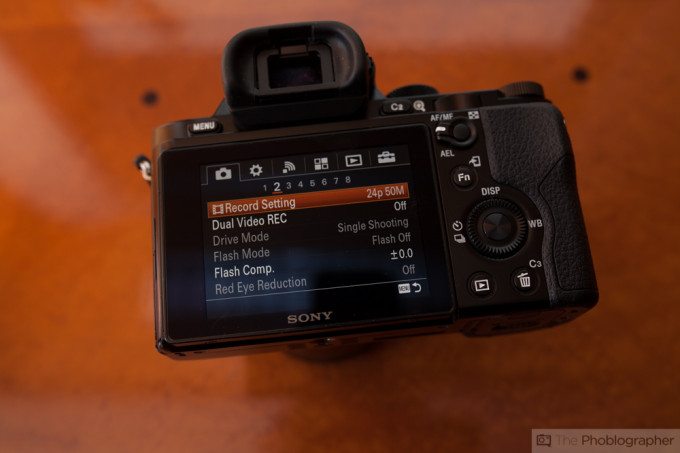
Now here is where we get into some differences between the cameras. The A7s has some very minor tweaks that position more towards the videography crowd than the photo crowd.
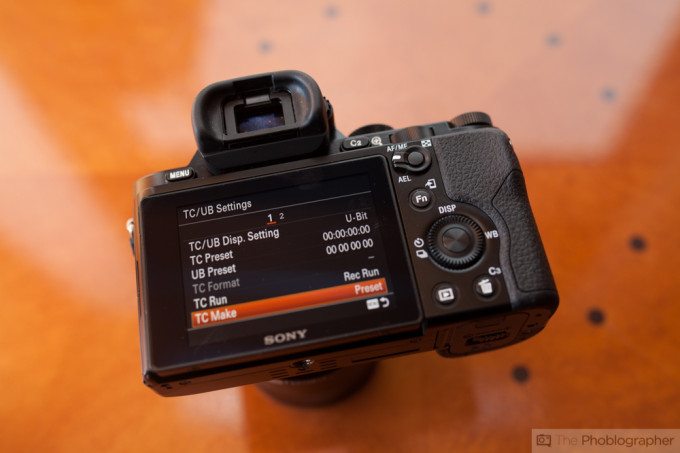
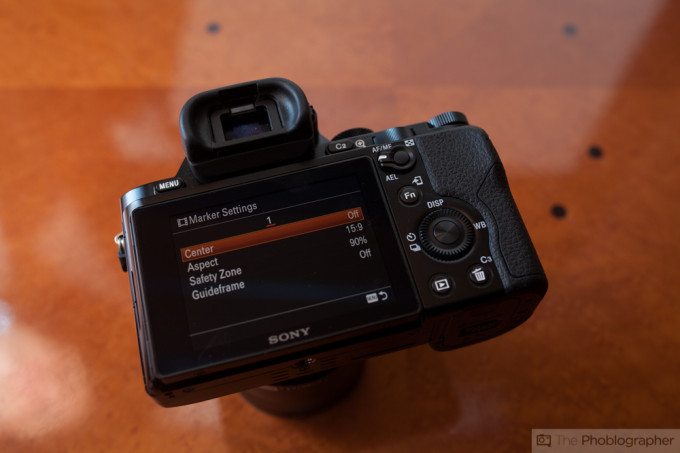
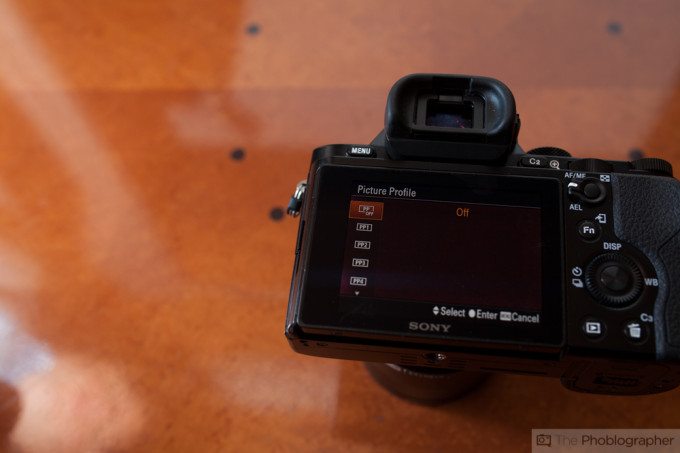
Lastly, here is what the silent shutter function is like.
Image Quality
Because we handled a pre-production camera, we weren’t able to put an SD card in toe bring images home with us. But from the JPEG results and prints that we saw, this camera has the absolute cleanest ISO 3200 output that we’ve ever seen.
If Fujifilm owners think that they’ve got unbeatable high ISO performance, we can tell you with confidence that Sony is about to make you quiver with fear.
Update 7/2/2014: We’ve started to test the camera out. Here’s what we’ve got. We’re impressed with the high ISO results, but were still expecting more. We will save our final thoughts for the full review though.
High ISO Progression







Extra Images
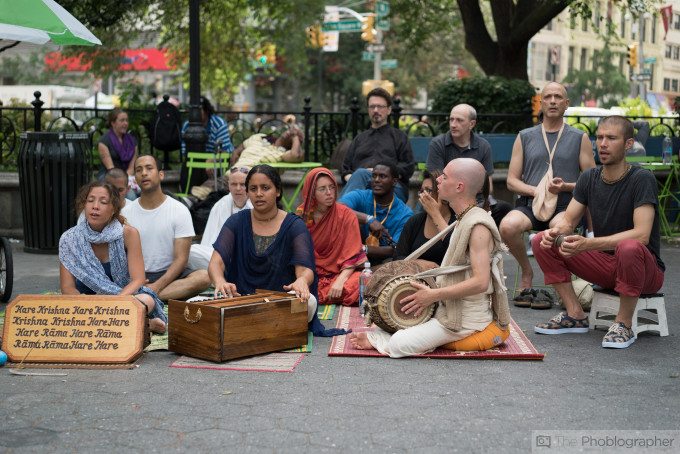







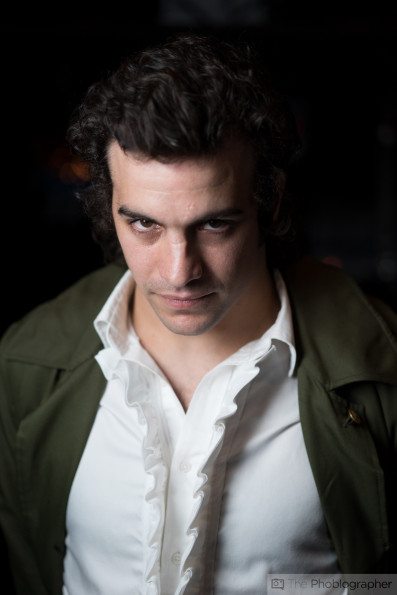
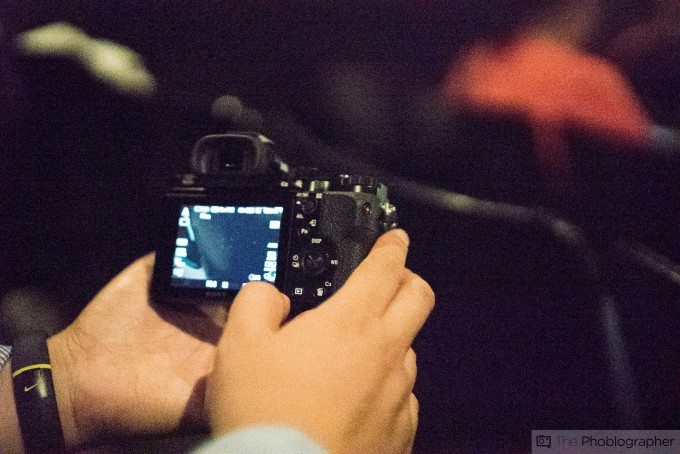


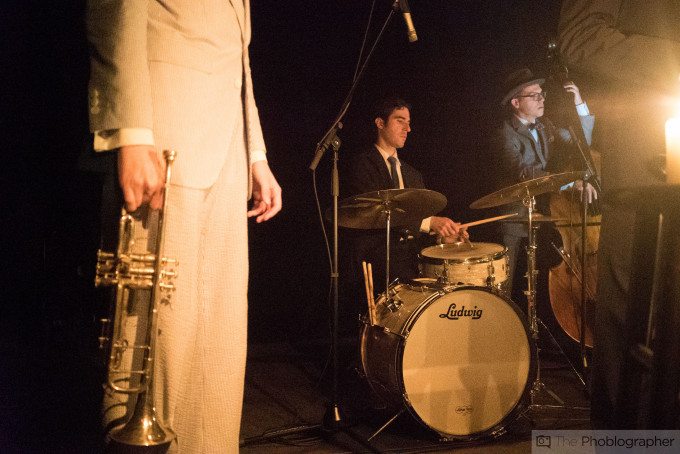
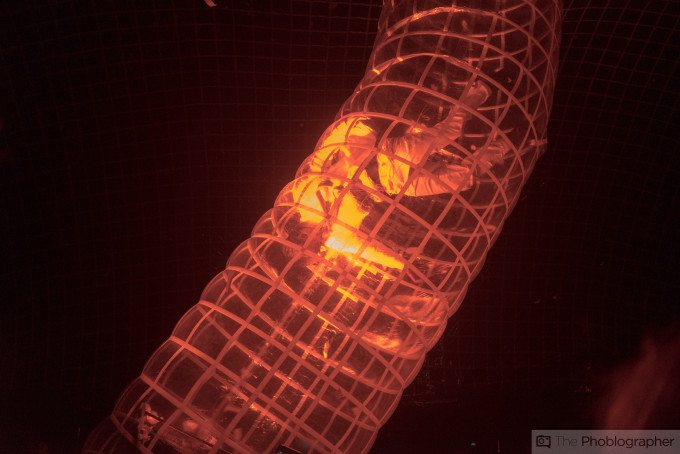


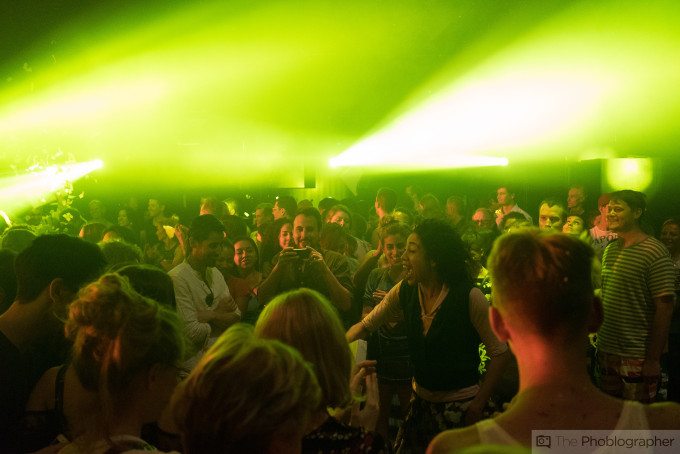

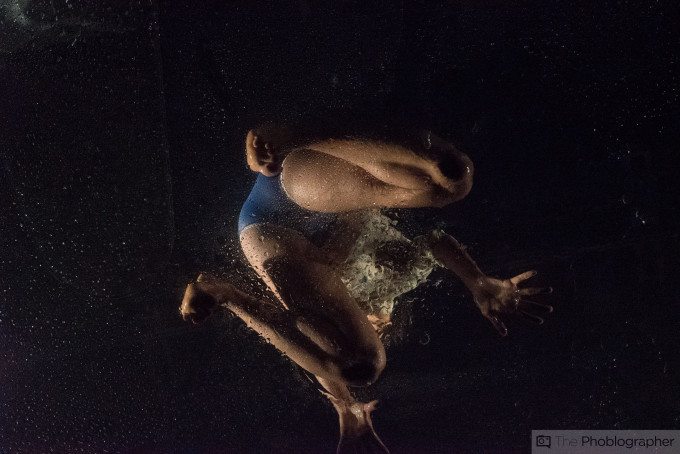

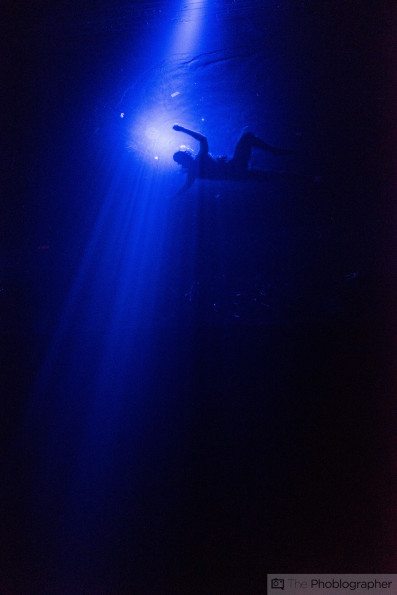
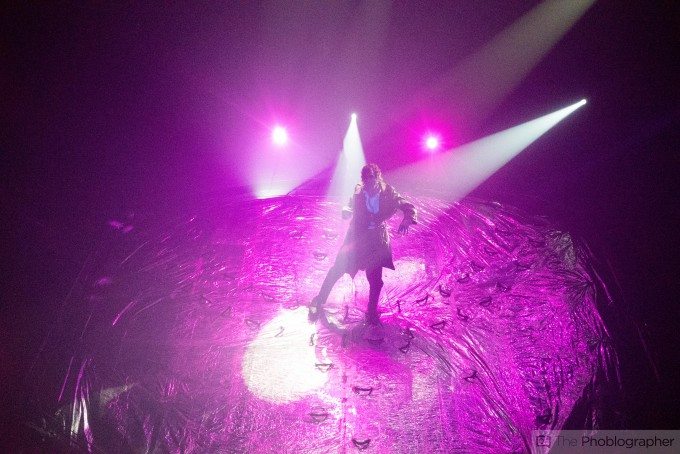
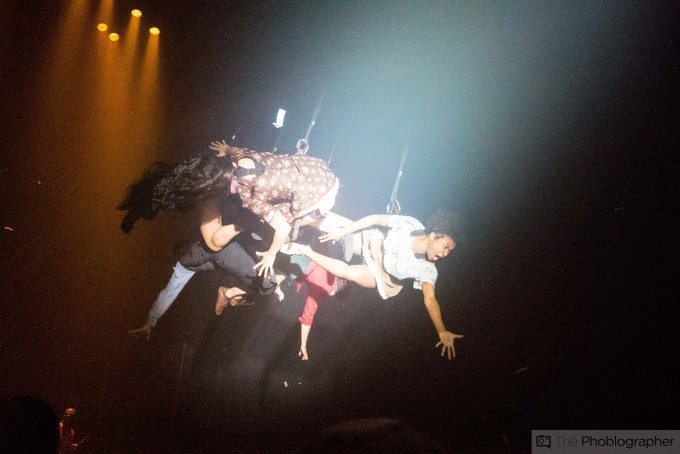
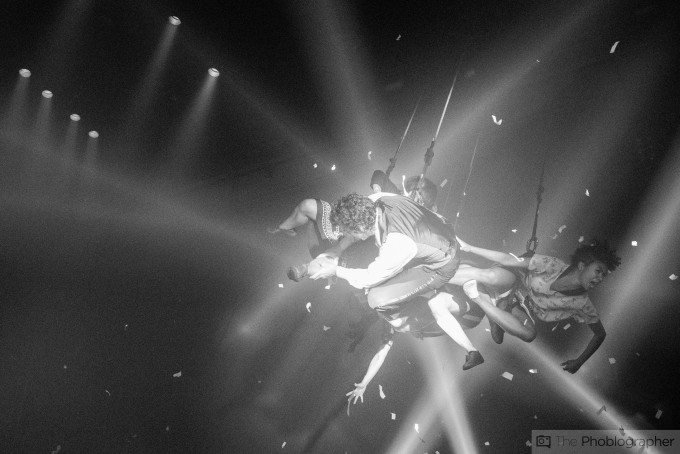
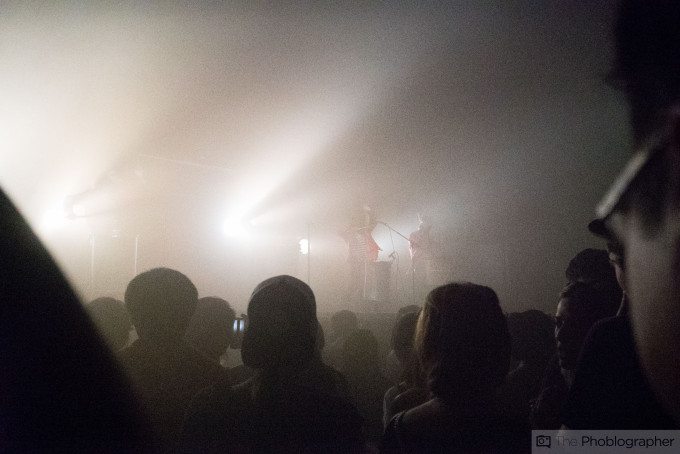





First Impressions
At the moment of publishing this story, we still don’t know the price point on the A7s. But the biggest tests will come with the image quality, autofocusing, and video performance. And we’re super excited to see what Sony can produce.
We’ve called in a review unit, so just stay tuned.


